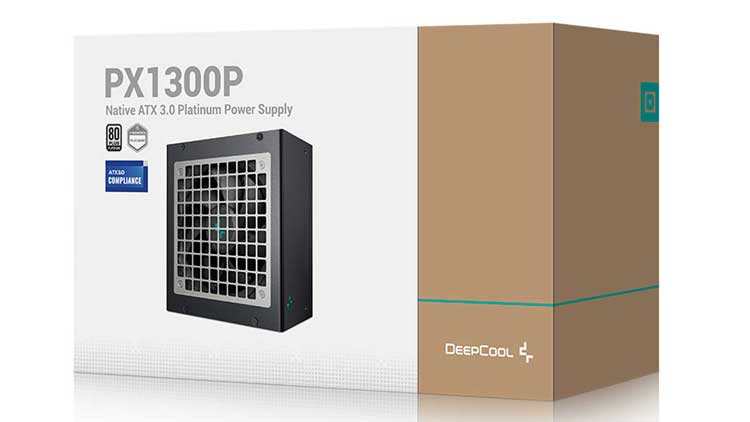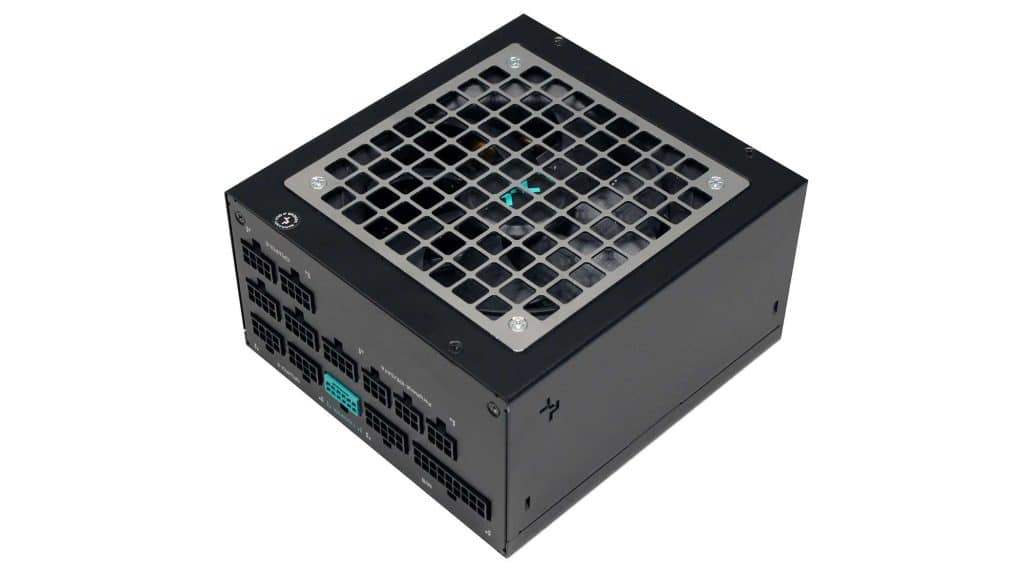Epilogue
The Deepcool PX1300P achieves a high overall performance thanks to its tight enough load regulation (although there is room for improvement here), the good ripple suppression, the excellent transient response of the 12V rail at normal loads, the long hold-up time, the low inrush currents, the low vampire power, and the high enough efficiency.
The areas that could be improved are the transient response at ATX v3.x, where the 12V rail drops low but still meets the requirements, the protection features where lower OCP triggering points are required under hot conditions on the minor rails, and the fan speed profile, which needs a complete overhaul. An average noise output of 38 dBA is too loud, and most users will immediately notice the PSU’s operation once its fan starts to spin. The good news here is that the fan speed profile can easily change in this semi-digital platform, but the bad news is that this can only be done in the factory; from the moment, there is no communication between the PSU and the system through a USB port.
At $300, the Deepcool PX1300P is not affordable, but it is in line with competing offerings using the same platform and having equal high quality as the MSI MEG Ai1300P, which goes for $310. The Seasonic Prime TX-1300, offering top efficiency and performance, is way more expensive at $440, and the same model with ATX v3.0 compatibility climbs to 510 dollars! Generally, branded ATX v3.x compatible PSUs with 1300W capacity are expensive, so before investing in one, you should carefully examine whether you need such high power levels.
Before investing in a new power supply, read my Best ATX v3.x PSUs article to check all alternative PSU offerings. You help me a lot by using my affiliate links, which don’t increase the product’s price. I get a commission from Amazon every time you do it, which can make a difference for me, especially now that I am on my own, working exclusively for my media and not for someone else.
- Delivered full power at 47°C
- High performance
- ATX v3.x and PCIe 5.x ready
- Within 130% OCP at 12V and OPP
- Good ripple suppression
- Long hold-up time
- Efficient platform
- Tight load regulation at 3.3V
- High build quality
- Low vampire power
- Alternative Low Power Mode (ALPM) compatible
- Low inrush currents
- Fully modular
- Numerous cables and connectors, including two 12VHPWR cables (600W)
- Long cables
- Adequate distance (150mm) between peripheral connectors
- Hong Hua FDB fan
- Twelve-year warranty
- Not affordable
- Noisy (fan speed profile needs major tuning)
- Not so efficient at light and super-light loads
- 12V rail dropped low at 200% load test
- High OCP triggering points on the minor rails
- Not-so-efficient 5VSB rail





Sick, so I basically have to guess lol. Thanks for the responses regardless!
Wanna thank you guys for the review, I was doing an absolute ton of research a couple of weeks ago between 1000+ watt ATX 3.0 units, and between this and the PlatiGemini I ended up with this unit cause it had more PCIE, a longer warranty and was actually on sale for 270 US at time of purchase.
One thing I wanted to ask, is there a way to check if my native 12VHPWR cables are 12V-2×6? Anything to look for in the sense pins or the connector itself? I’d appreciate it cause all this crap around 12VHPWR is very confusing lol
The cables remain the same, only the PCB header changes.
The cable remains the same, there are no changes there as far as I know.
Is msi’s psu that bad really?
Nope.